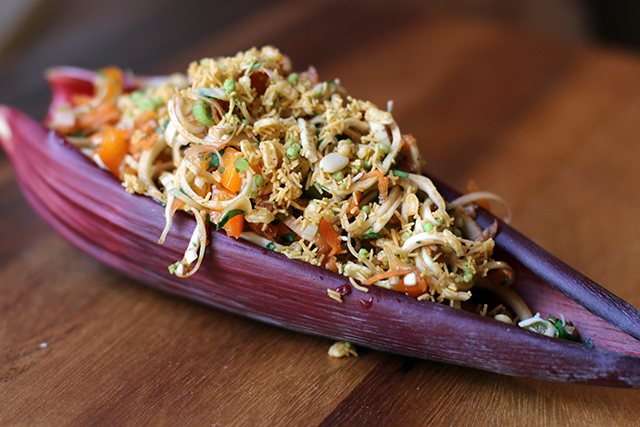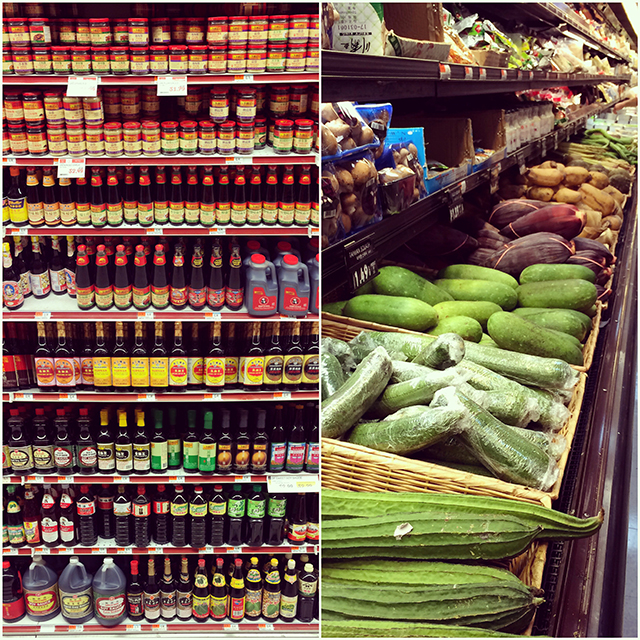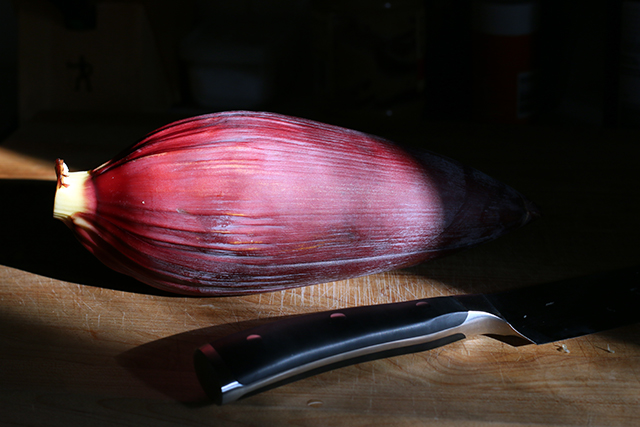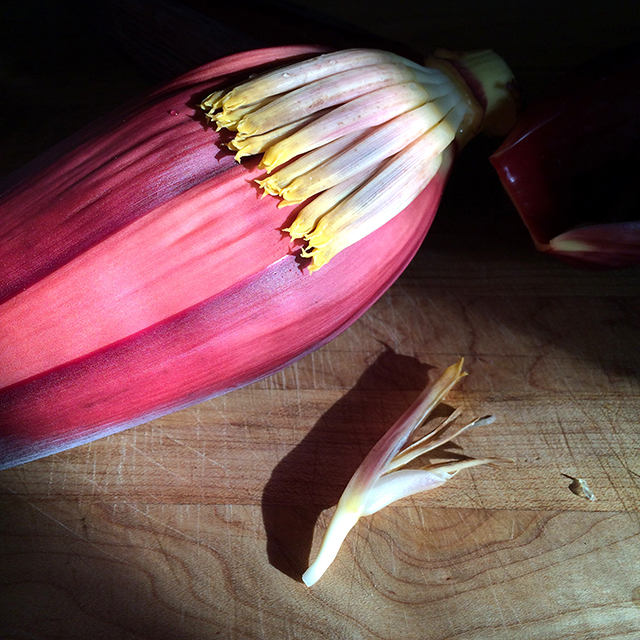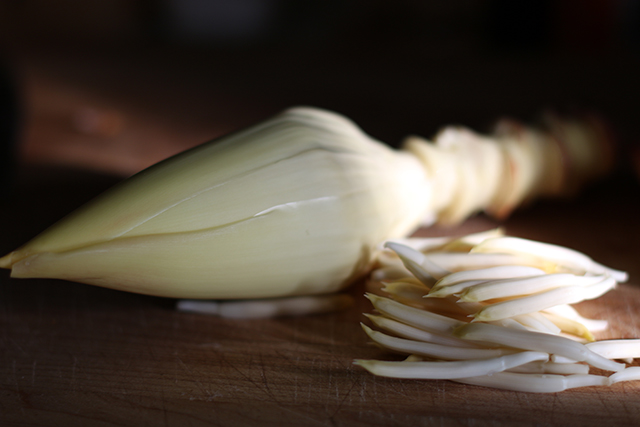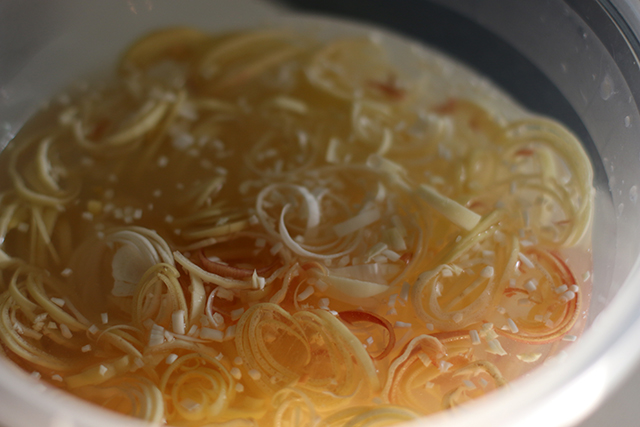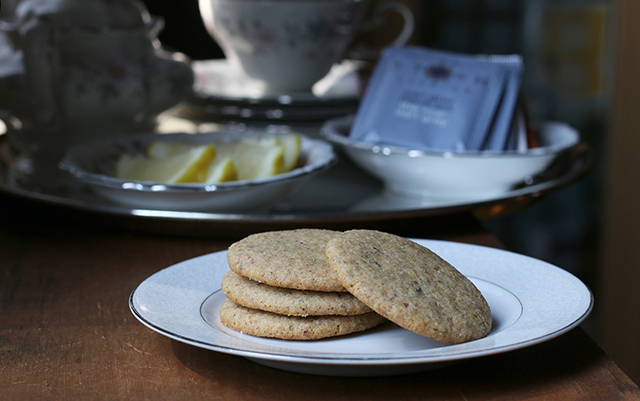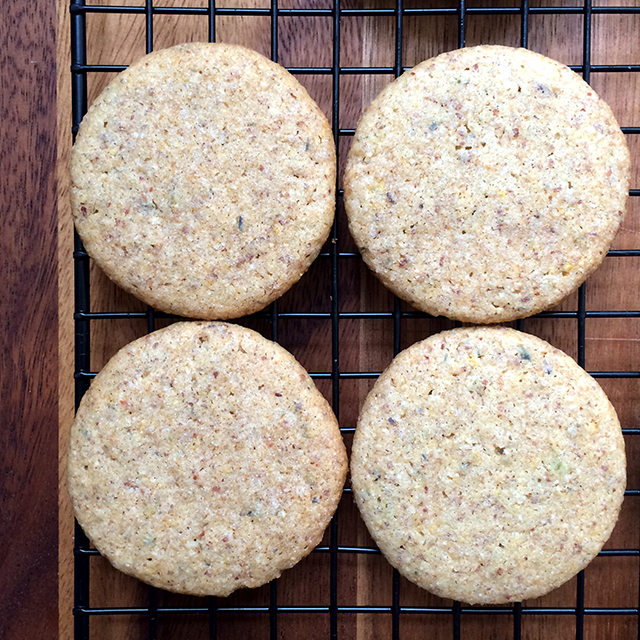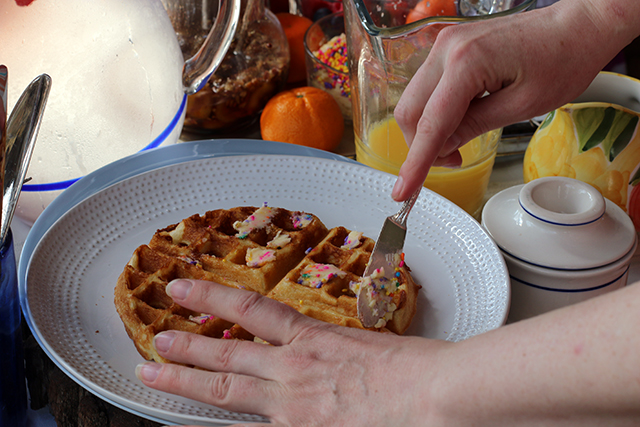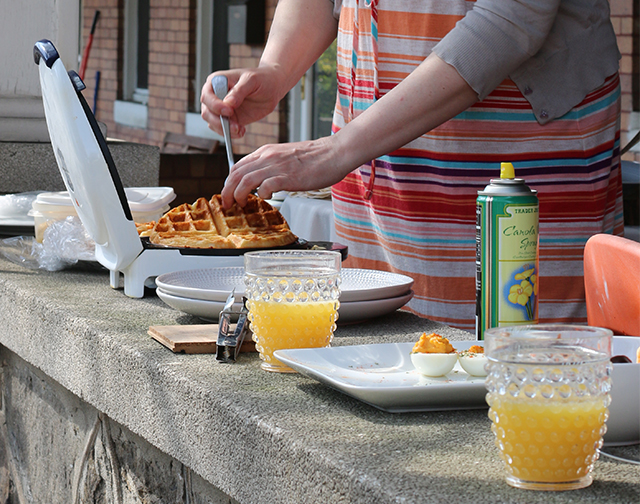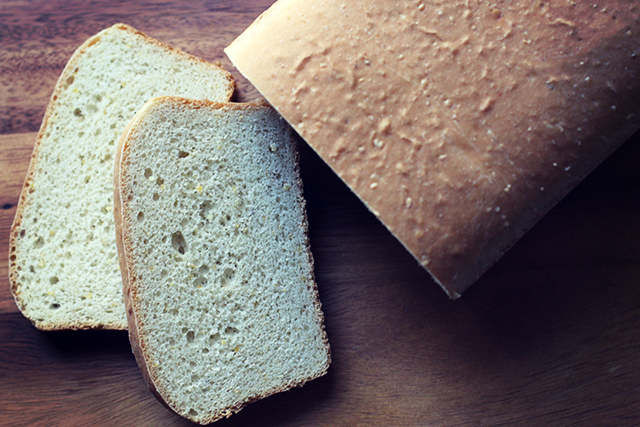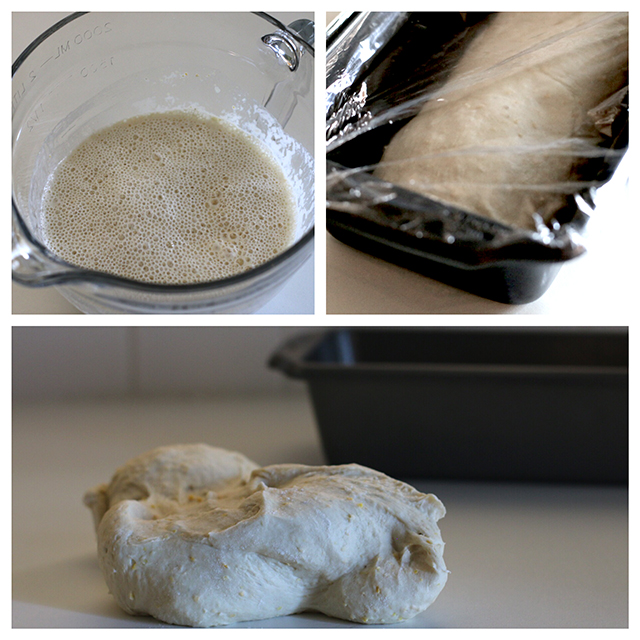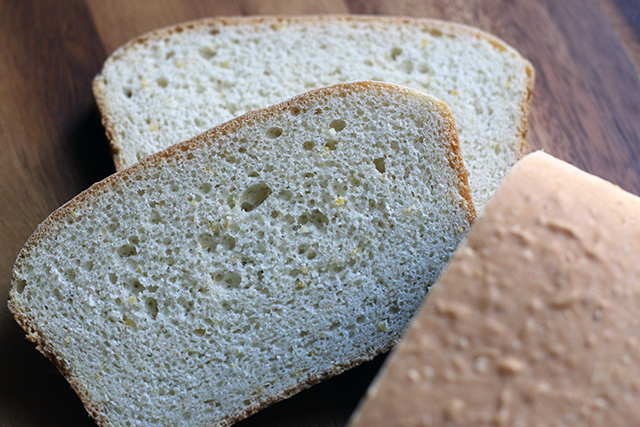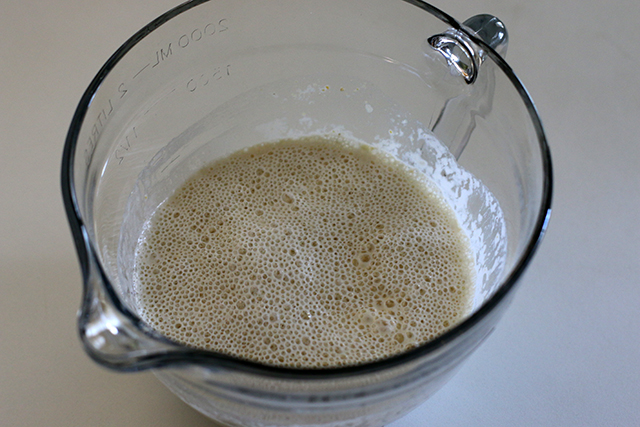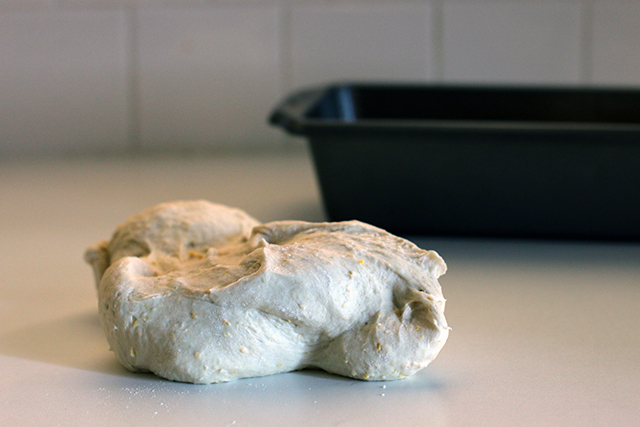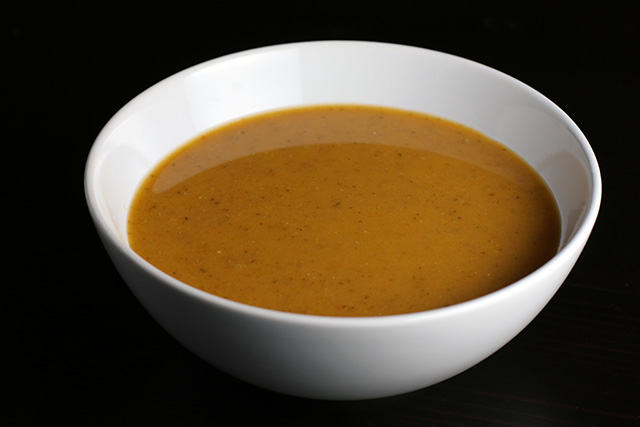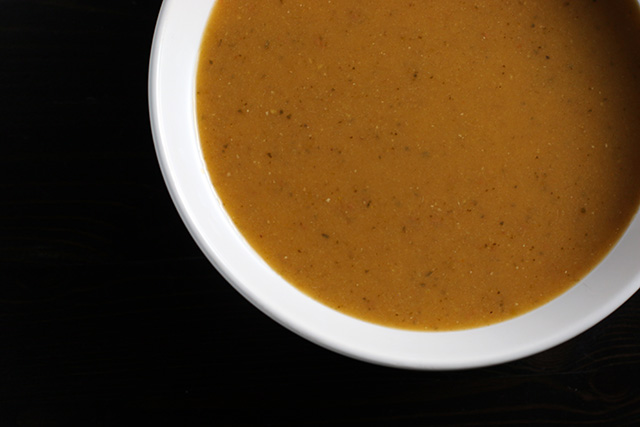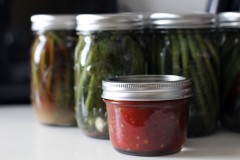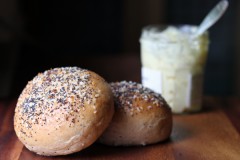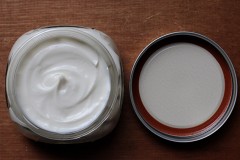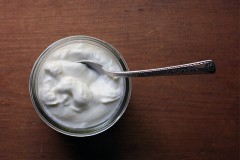I think there is nothing about New York I miss more than the amazing markets that populated my former neighborhood of Jackson Heights. Korean, Chinese, Japanese, Thai, Indian, Indonesian–if you needed exotic produce and quirky packaged goods, this was the place you came. If you needed anything more authentic, you could catch a flight just a few blocks north.
These days some of that longing is assuaged with a visit to the H Mart just west of downtown Baltimore. This large Korean grocery offers a dizzying array of fruits and vegetables that you won’t find at your local grocery, as well as aisle after aisle of strange and exotic snacks, canned goods, packaged convenience foods, and frozen dumplings of 101 varieties. Most of the condiments are not labeled in english, which adds a “box of chocolates” excitement to the shopping experience.
Since my trips are usually made spur of the moment, I don’t usually walk through the door with the idea that I’ll be gathering ingredients for a specific dish. As a result, my basket ends up filled with a lot of weird stuff. This goes some way towards explaining why there is lotus root in my crisper drawer and a dragon fruit on my counter.
This past weekend’s trip had me feeling especially adventurous, so I grabbed an item I had long been fascinated by but had zero idea how to actually prepare. Banana blossom in hand, I went home to investigate.
You see those florets underneath each leaf? If you want to use them in a culinary capacity, you have to remove the inner pistil and scale from each and every one. (I can’t imagine doing that AND deveining shrimp, all for the same dish, but do let me know if you’ve tried it.) The flower prep a bridge too far for me on this outing, I decided to hunt for a salad recipe that used the core of the blossom and could otherwise be made out of ingredients I had on hand.
After some frustrating googling, I landed on this recipe and decided it was something I could execute without screaming. Since I was in a rush, I pared it down even further.
Banana Blossom Salad
Adapted from Green Kitchen Stories to suit my laziness/pantry limits
1 banana blossom, outer leaves removed
2 cups ice water with 1 tablespoon fresh lime juice added
1 clementine, separated and each section halved
2 scallions, thinly sliced
1 carrot, shredded
1/2 bell pepper, chopped
2 tablespoons coriander and/or mint leaves, well chopped
chopped nuts or spicy india snack mix to top
Dressing:
1 tablespoon water
1 tablespoon honey
1 tablespoon tamari
1 tablespoon lime juice
1/4-1/2 teaspoon tuong ot toi (vietnamese chili garlic paste), or to taste
Remove dry exterior purple layers of the blossom, reserving two for use as salad bowls if desired. Discard the rest, as well as the florets found beneath each leaf unless reserving for another purpose.
Peel off the interior layers of the blossom if they come away, continuing to discard the florets. Roll up layers together like a cigar, and slice rings as thinly as possible. Once the leaves become impossible to peel back, slice rings from the heart itself. Immediately plunge the slices into the prepared citrus water. Let soak for about 20 minutes.
Meanwhile, assemble the dressing and mix well to combine. Adjust heat to suit.
Toss the remaining salad ingredients (aside from the crunchy topping of your choice) together, adding the well-drained blossoms once they are done soaking. Dress and toss the salad. Plate and top with the garnish of your choice.

